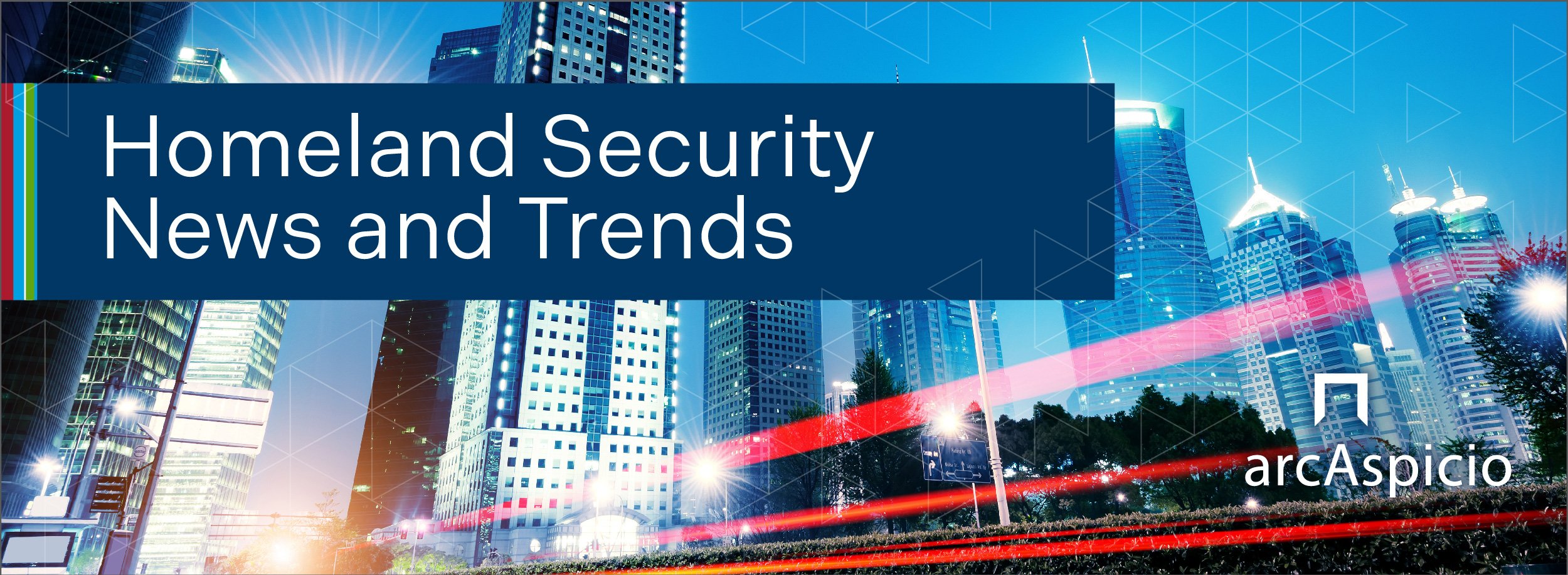
Four Technology Trends for Government in 2018
Hybrid, Data, and Resiliency are In. The mission is at the forefront.
I work intensively with Government agencies and technology vendors and follow technology and innovation social media feeds. The roar of buzzwords is overwhelming! The noise in the market is non-stop around cloud, digital, SecDevOps, internet of things, blockchain, artificial intelligence (AI), augmented reality (AR), and on and on… At least Google Glass died a quiet death!
I take a much more pragmatic view. Technology’s purpose is to get stuff (the mission) done. Bring knowledge and intelligence forward to inform leadership decision-making. Assist mission operators to accelerate simple, repetitive transactions and increase focus on high value add activities. If you’re not doing one of those things, STOP!
With that introduction, the trends and themes in technology for Government in 2018 are:
1. Hybrid Hosting / Hybrid Development — Cloud and traditional hosting will coexist for many years to come and in fact become more and more similar. Cloud is not a silver bullet - don’t be afraid to put off a cloud migration in favor of a needed mission capability. Likewise, not every project is agile. Develop criteria to select the optimal infrastructure and methodology given the scope, goals, and budget available
2. Mission User Engagement — These hybrid environments cause confusion to mission stakeholders - are they the “Product Owner” or the traditional “Gate Approver”? Communicate clearly the roles and expectations for every project
3. Data-driven Information Technology (IT) — No matter what the environment or method, collect and analyze data about IT itself. Development, operational, and security metrics are great places to start. Select a small number of key indicators around which to rally the organization. Use data to drive improvement. Use it to make strategic decisions about IT investments
4. Resiliency – The latest technology doesn’t help unless it is easy to operate and maintains high availability. Sometimes software upgrades and security patches DO need top priority, even at the expense of a cloud migration. Develop a prioritization framework that protects critical updates, targets some technology exploration, and continually builds mission capabilities
These four themes lay the groundwork for mission focused, nimble technology that is not caught up in the current technology fads.
About Arc Aspicio
Arc Aspicio is a management, strategy, and technology consulting firm that takes a mission-oriented approach to complex client challenges. Focused on innovation, Arc Aspicio provides services in strategy, design, human capital, operations, analytics and visualization, technology and information sharing. The company is known for a strong, collaborative culture that values gratitude, provides leadership opportunities, and explores the future. Our teams take a human-centered approach to working with clients and are flexible and responsive within dynamic Government client environments where missions evolve and new priorities arise sometimes even daily. We thrive on these situations and promote continuous improvement and new ideas. And, #welovedogs! Follow us on Twitter @arcaspicio or learn more at www.arcaspicio.com.





















